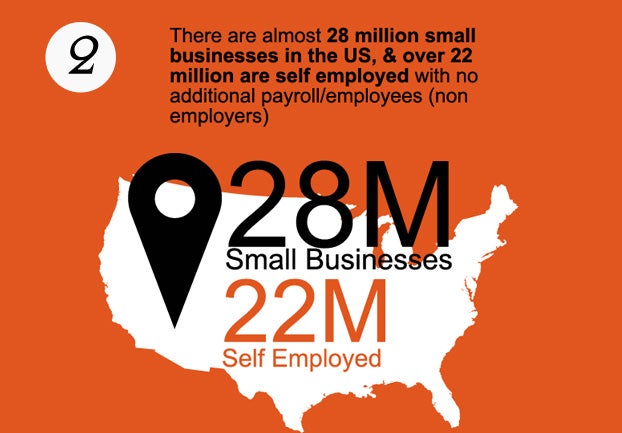
We all dream of the things that would make us happy. A gratifying career, vigorous health and a life filled with exhilarating experiences shared with family and friends. But sometimes, no matter how hard we work, our dreams may seem elusive, leaving us burned-out and disillusioned.
Defining your purpose, hopes and dreams can be a murky space for many people to be in. You may know what you want, but have no idea how to get there. Visualizing your goals provides clarity to your desired outcomes. Vision, combined with a purposeful commitment to worthy goals, is a healthy prescription for a fulfilling life. As the late self-help guru Wayne Dyer said: “Thoughts are mental energy. They’re the currency that you have to attract what you desire. You must learn to stop spending that currency on thoughts you don’t want, even though you may feel compelled to continue your habitual behaviour.” As Dyer points out, your thoughts are continually weaving your story and forming your beliefs and behaviors.
Related: How to Get That Lying Voice in Your Head to Stop Sabotaging Your Dreams
In terms of achieving success, personal and external factors such as upbringing, education and geographic location certainly come into play, but it’s also what’s inside that counts. Perspective is everything. If you examine the beliefs and habits of many successful people, you’ll find a common denominator: They possess an unwavering vision that a high level of success is possible. Limiting thoughts will yield limiting results. For that reason, it’s important to remember that your thoughts have enormous power and can influence your experiences.
Author Tina Naughton Powers once said: “Vision boards can provide us with a blueprint that aligns our desires with reality. Through the images and words we choose, we become inspired to move forward with ideas for the future we might never have considered before.”
There are many ways to support your goals by tapping into your imagination and visualizing the outcome. One way to do this is to create a vision board or vision journal. Naysayers may argue that mind exercises or visualizations are a load of metaphysical bunk. However, visualization has long been touted as a useful tool to help attain objectives. Olympic athletes use it consistently, and there is a growing body of neuroplasticity research dedicated to visualization for dealing with pain and treating illnesses.
Related: What Pushes People to Bring Their Dreams to Life?
Here are four steps you can take to get closer to your own personal visualization:
1. Create without judgment.
There is no right or wrong way to create your vision board. Start with a canvas or design board. You may choose to draw or paint on your board, add photos or pictures from magazines — anything that has particular meaning to you and reflects your vision for the future.
2. Look at your vision board daily.
Use a decorative picture frame to house your vision board statements, allowing you to change them frequently — and be sure to place them where you can see them each day.
3. Alternatively, create a vision journal.
Use it as a daily reminder of gratitude, quotes, or just one word that resonates with you. Incorporate sketches and allow your thoughts to flow onto the paper, without judgment.
4. Set the ego aside and go within.
Notice how you feel when creating it. Apply your conscious, creative energy toward the possibilities of what could be, rather than dwelling on what you may deem impossible. Once you complete the board, try to take small steps each day to fortify your vision. Make choices that align with your ideas for the future and be open to possibilities of how you can create it.
Essentially, creating a vision board or using a vision journal means you are projecting your own productive endgame. But it would be foolish to believe that just because you consistently visualize something, it will magically appear on your front doorstep. Your vision must accompany steps to bring your dreams to fruition. The vision board or journal simply acts as a catalyst for change. It is always a balance between vision and action.
If you don’t have a vision it’s easy to get sidetracked. Think of it this way: If you are in a boat on the ocean being bumped around by every wave without any navigation system or set course, you’ll never get anywhere. Once you’ve identified your personal vision, it is like having your own internal GPS on at all times. You’ll have a set of navigational tools that will help you move in the right direction with focus, intention, and conviction.
Related: Improve Your Business Intuition By Doing One Simple Thing






















